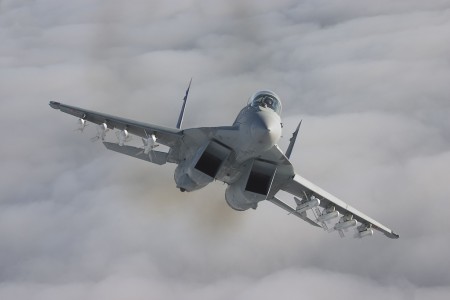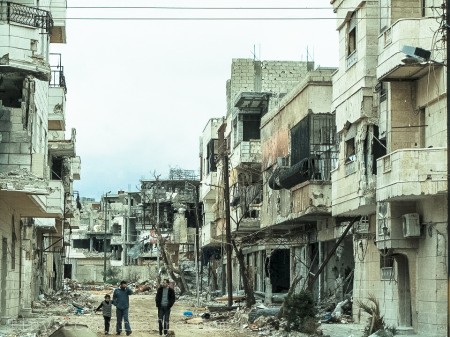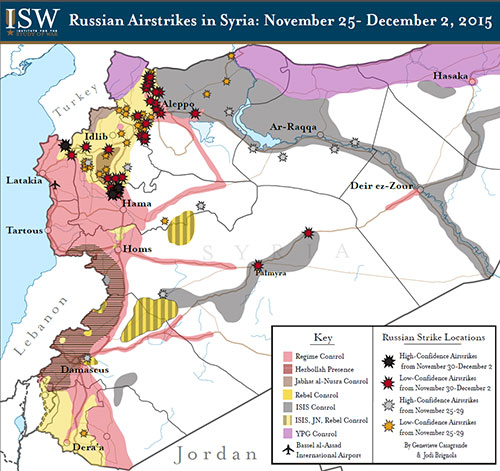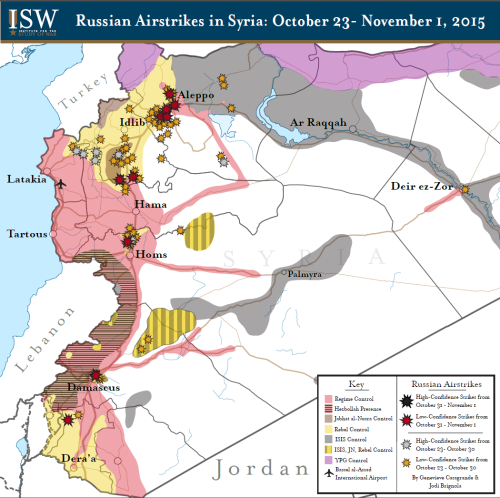
This article was originally published by the Institute for the Study of War (ISW) on 20 April 2016.
Russia remains a decisive actor in Syria despite announcing its limited drawdown on March 14. It has since reshaped the nature of its deployment and military operations in ways that continue to bolster the Assad regime’s position on the ground as well as at the negotiating table, while allowing Russia to maintain its strategic military foothold along the Eastern Mediterranean. Russian military contributions continue to shape the battlefield momentum of pro-regime operations through the deployment of alternative assets to theater such as advanced rotary wing attack aircraft. Russia retains the capacity to escalate its fixed-wing strikes to support pro-regime operations, as shown in operations against ISIS in Palmyra in late March and more recently against armed opposition forces in Aleppo.
Russian air operations pivoted once again to Aleppo as of April 6, following weeks of strikes primarily carried out in support of pro-regime ground operations against ISIS in central Homs Province. Pro-regime forces supported by Russian and regime airstrikes have resumed operations to encircle and besiege armed opposition forces in Aleppo City. Russian air operations have regularly targeted opposition-held terrain in Aleppo province throughout its air campaign in Syria, beginning condition-setting efforts for pro-regime operations to encircle and besiege Aleppo City as early as October 2015. Russian air support has been a pivotal component of pro-regime operations to encircle Aleppo City, bringing regime forces within five kilometers of besieging opposition forces inside the city as of February 2016.



